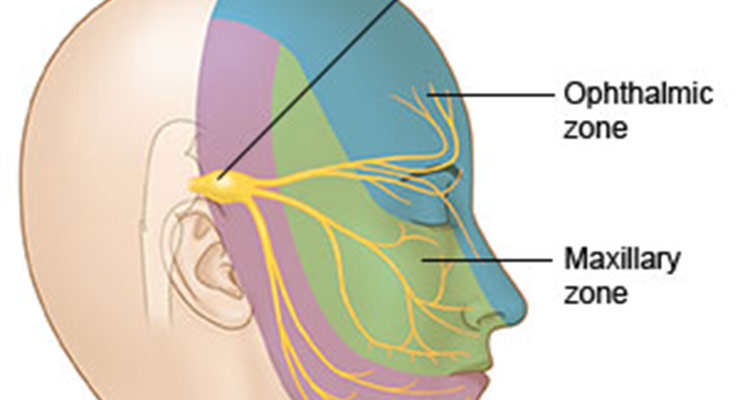
TMJ disorder
If you’re struggling with TMJ disorder, you’re not alone. More than 10 million people in the U.S. suffer from issues with the temporomandibular joint (TMJ), located where your jaw connects to the side of your head. TMJ disorders can be chronic and debilitating for people who are afflicted, often sending them on wild goose chases searching for the right treatment to free them of pain. Fortunately, treatments have evolved and improved over time, with a range of options now available to treat TMJ disorder.
A Brief Overview of TMJ Disorder
The TMJ is one of the most complicated joints in the body — it has a specialized structure and needs to be able to withstand the enormous forces exerted by the jaw. There are several factors at play that can lead to TMJ disorder. Stress, physical trauma, dental work, bruxism (grinding teeth), and even quirks in your eating habits can all be contributing factors.
Though the exact cause is not always clear, the signs and symptoms are unmistakable. Patients with TMJ disorder may experience:
- Pain in the jaw, face, and neck
- Limited range of motion
- Aching pain in and around the ear
- Locking up of the joint
- Clicking or grating sounds
And that’s not all. When left untreated, TMJ disorder can lead to a whole slew of other related issues, such as chronic migraines and tinnitus. The good news is that there are a variety of treatment options available to those seeking relief from TMJ issues—options that don’t rely on painkillers or complex surgical procedures.
The Evolution of TMJ Treatment Options
In the past, treatment for TMJ disorder has centered on medication. Pain relievers, anti-inflammatories, tricyclic antidepressants, and muscle relaxers all provide short-term relief. But these medications often treat symptoms, rather than the underlying issues causing them. Additionally, the overuse of over-the-counter painkillers can have very unpleasant side effects, including dangerous stomach and liver problems. That’s why it’s a good idea to explore alternative, drug-free treatment options.
Surgery is a more permanent treatment option, but the National Institute of Dental and Craniofacial Research recommends that surgery to correct TMJ disorder should be avoided. Some patients turn to injections of botulinum toxin, also known as BOTOX, which is not FDA-approved as a treatment for TMJ and has the potential to cause permanent, long-term damage to bone and muscle tissue.
Over the years, we’ve developed a better understanding of the underlying causes of TMJ disorder, as well as the most successful approaches for treating it. Today, people want concrete answers for why they experience pain and discomfort, and optimally want a drug-free way to relieve it. The TruDenta system is a gentle, rehabilitative approach that reduces drug dependency and achieves long-term results.
A Rehabilitative Treatment Approach
TruDenta takes a noninvasive, rehabilitative approach to treating TMJ disorder. Using the latest diagnostic technology, our TruDenta-approved doctors perform a precise bite force and range of motion analysis of the head, neck, and jaw to analyze the different forces at play in your mouth and jaw, measure any abnormal or restricted movement in the head and neck, and ultimately pinpoint the root cause of your dental force imbalances.
Based on our findings, we create a specialized treatment plan that’s tailored to your individual needs. Our treatment plans include painless, state-of-the-art technologies, including ultrasound, photobiomodulation, microcurrent, and manual muscle therapy. These gentle treatments work together to reduce inflammation and provide immediate relief from chronic pain, ultimately resolving your symptoms over time—not just finding a temporary fix for them.
If you’re looking for a long-lasting, noninvasive way to treat your TMJ disorder and live pain-free, TruDenta may be exactly what you need. Download our patient brochure to learn more about our history, process, and the results you can expect from TruDenta.








